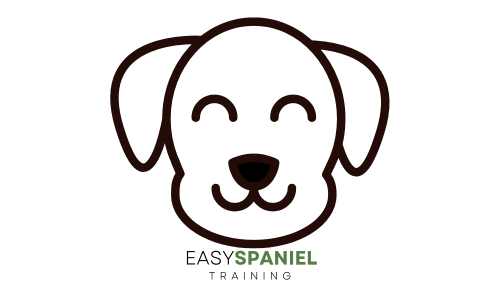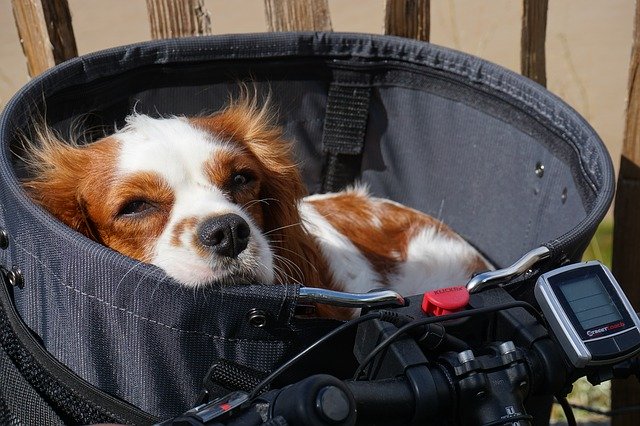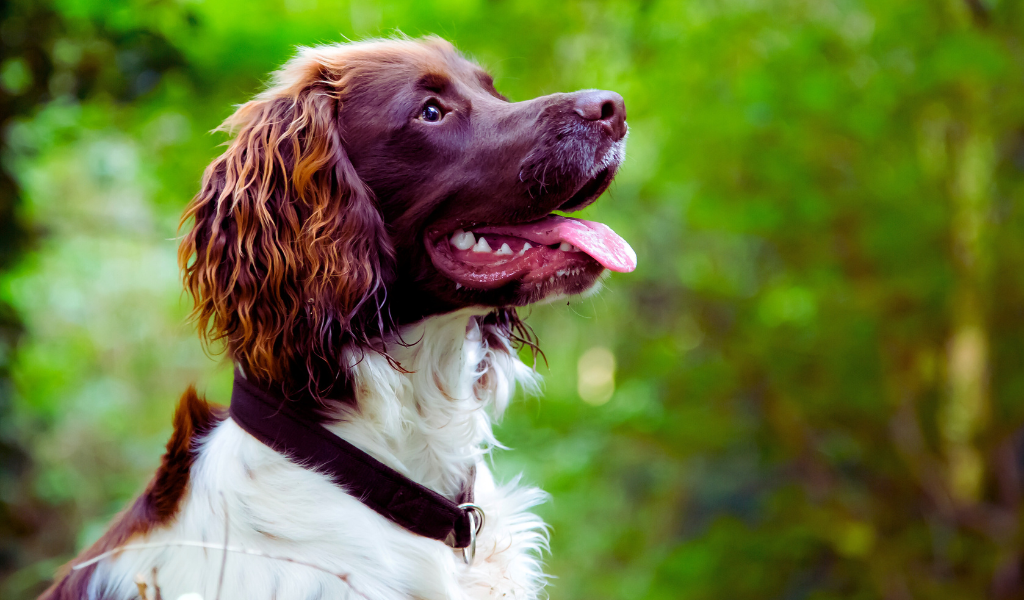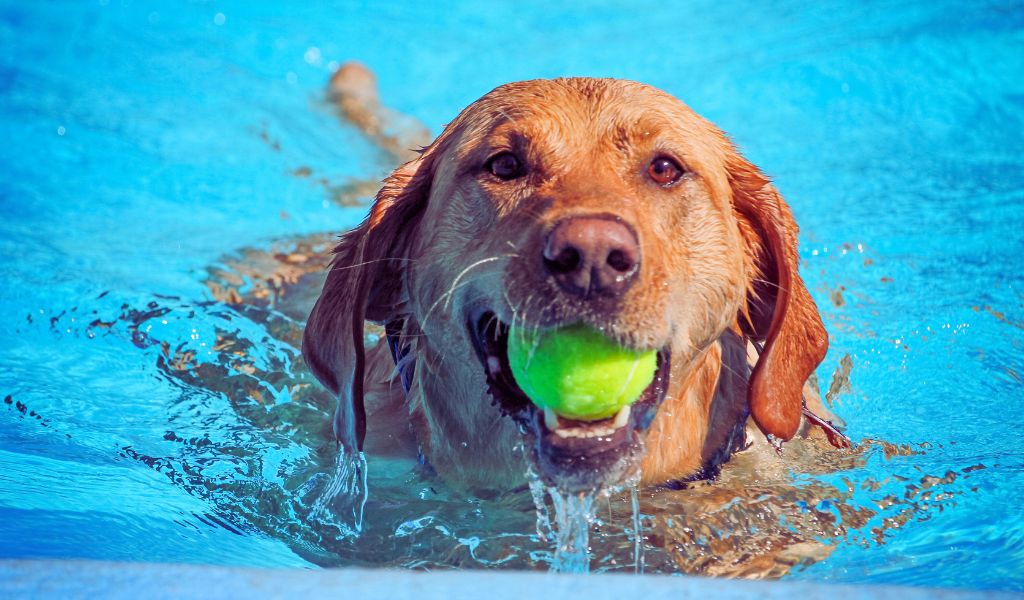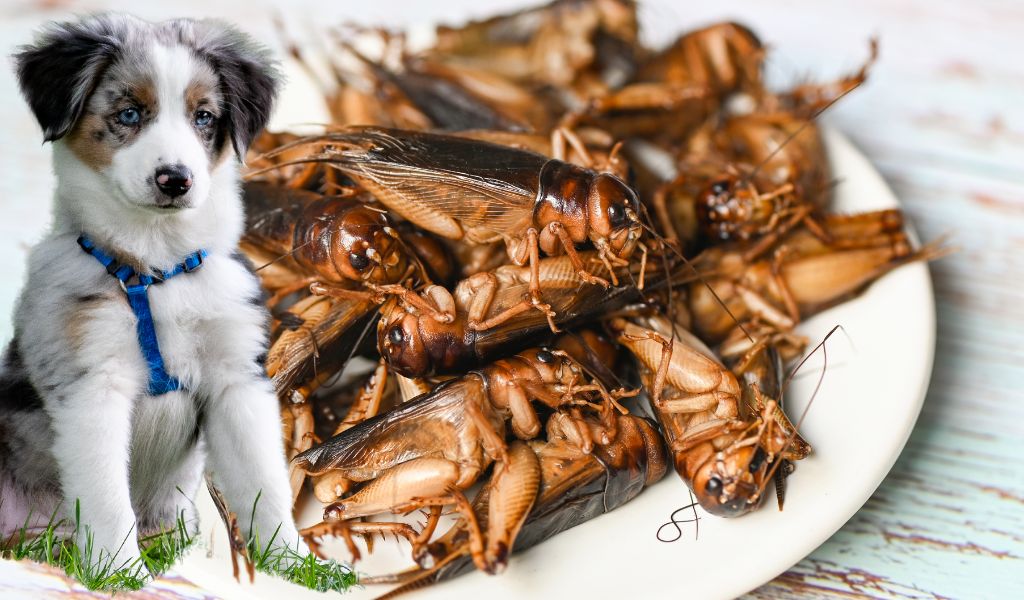If you’re looking for a loyal and loving companion, the Cavalier King Charles Spaniel may be the perfect breed for you.
This charming and affectionate dog has been a popular pet for centuries, and it’s easy to see why.
In this article, we will take a closer look at the history, characteristics, and care of the Cavalier King Charles Spaniel.
From their soft and silky coats to their gentle and playful personalities, Cavalier King Charles Spaniels are truly one-of-a-kind. Whether you’re a seasoned dog owner or considering adding a furry friend to your family, read on to discover why the Cavalier King Charles Spaniel might be the perfect breed for you.
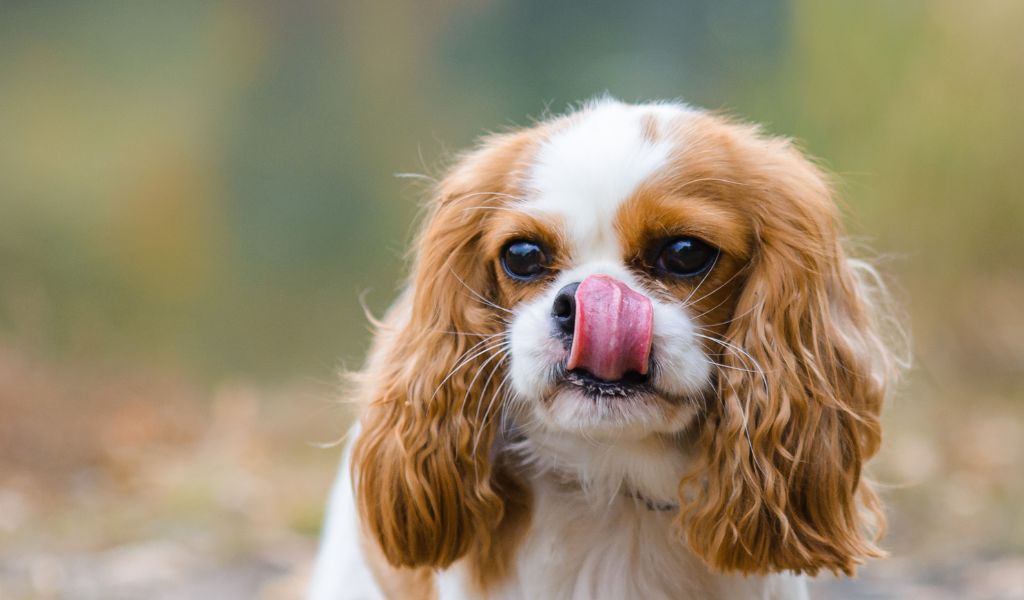
History of the Cavalier King Charles Spaniel
The Cavalier King Charles Spaniel is a breed with a long and rich history.
The breed originated in England in the 16th century and was named after King Charles II, who was known for his love of the breed.
King Charles Spaniels were highly prized by the nobility and were often used as lap dogs.
However, in the 18th and 19th centuries, the breed fell out of favor and nearly became extinct.
It wasn’t until the 1920s that a group of dedicated breeders began working to revive the breed.
Mr. Roswell Eldridge of New York set the challenge, offering the sum of £25.00 in two classes at the Crufts dog show for dogs that looked like the spaniels of old.
Today, the Cavalier King Charles Spaniel is a beloved companion dog around the world.
Characteristics of the Cavalier King Charles Spaniel
Cavalier King Charles Spaniels are small dogs that typically weigh between 13 and 18 pounds and stand about 12 to 13 inches tall at the shoulder.
They have a soft and silky coat that comes in four colours: ruby, black and tan, tricolour, and Blenheim (chestnut and white).
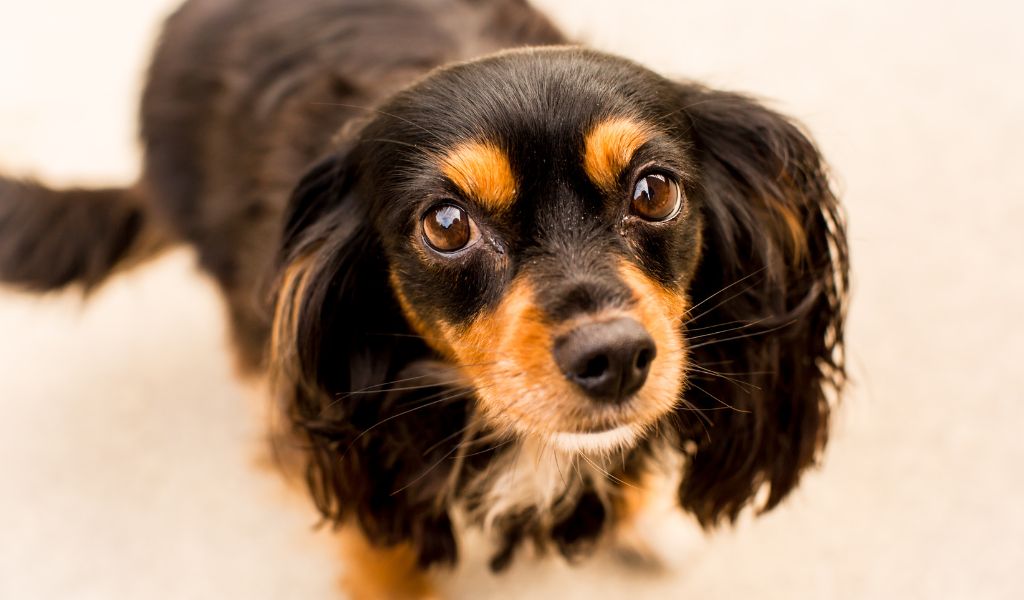
One of the most distinctive features of the Cavalier King Charles Spaniel is their large, expressive eyes.
They have a friendly and gentle expression that perfectly matches their sweet and affectionate personalities.
Cavalier King Charles Spaniels are known for their easy-going and adaptable nature.
They are equally happy snuggling up on the couch with their owner or going for a long walk.
They are great with children and other pets and make excellent therapy dogs.
Profile: The Cavalier King Charles
Size: Small to medium
The Cavalier will weigh between 5.9 and 8.2 kgs and measure 30 to 33 cm at the highest point of the shoulders.
Activity levels
Cavaliers are as happy to go on long walks as they are to lie around in front of the fire. A reasonable daily walk is good for them.
Grooming
Not difficult. A regular brush will help to keep the coat free of tangles and in great looking condition.
Heritage: Toy spaniel
Developed in Great Britain in early 19th century as companion dogs.
Care of the Cavalier King Charles Spaniel
Like all dogs, Cavalier King Charles Spaniels require proper care to ensure they stay healthy and happy.
Here are some tips for taking care of your furry friend:
Diet and Exercise
Cavalier King Charles Spaniels are not particularly active dogs, but they still require daily exercise to keep them healthy.
A daily walk or playtime in the yard is usually enough to keep them happy.
When it comes to diet, Cavalier King Charles Spaniels can be prone to obesity, so it’s important to feed them a healthy and balanced diet.
Avoid overfeeding and limit treats to prevent weight gain.
Grooming
Cavalier King Charles Spaniels have long, silky coats that require regular grooming to keep them looking their best.
Brush their coat daily to prevent matting and tangles. They will also need regular baths and haircuts to maintain their coat.
Health
Cavalier King Charles Spaniels are generally healthy dogs, but they can be prone to certain health conditions.
Some of the most common health issues in the breed include heart disease, hip dysplasia, and ear infections. Regular visits to the vet can help detect and prevent these issues.
Training Cavalier King Charles Spaniels
Training a Cavalier King Charles Spaniel can be a fun and rewarding experience, but it’s important to start early and be consistent with your training approach.
Here are some tips to help you train your Cavalier King Charles Spaniel:
Start with basic obedience training
Start by teaching your Cavalier King Charles Spaniel basic commands like “sit,” “stay,” “come,” and “heel.”
Positive reinforcement training methods, such as using treats and praise, are often the most effective.
Socialize your Cavalier King Charles Spaniel
Socialization is important for any dog breed, but especially for Cavalier King Charles Spaniels, who can be prone to separation anxiety.
Expose your dog to different people, pets, and environments early on to help them become comfortable in different situations.
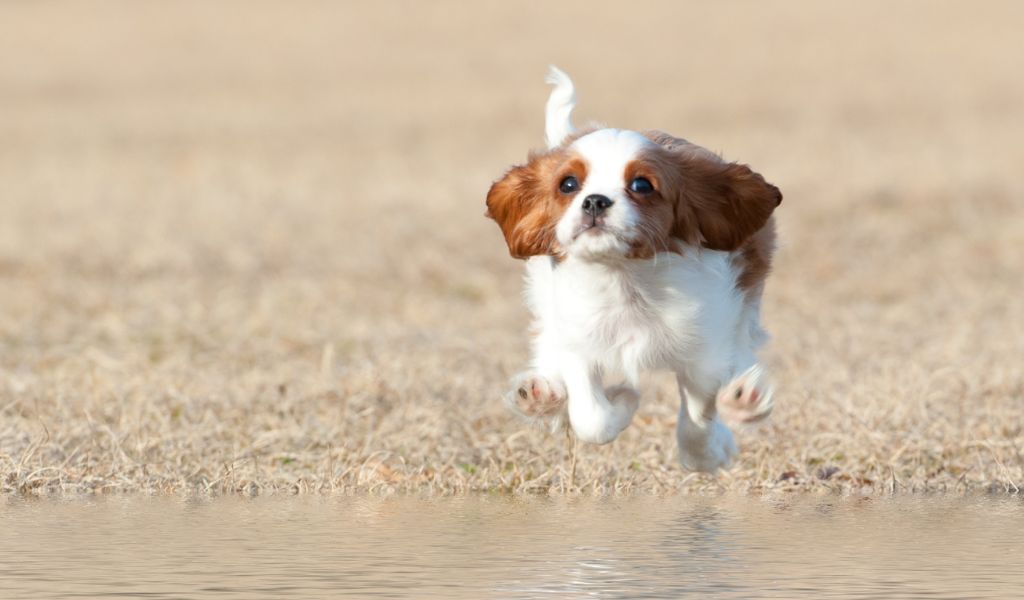
Train for lead manners
Cavalier King Charles Spaniels are known for being energetic and active, so it’s important to train them to walk on a lead without pulling.
Be patient and consistent
Training takes time, and every dog learns at their own pace. Be patient with your Cavalier King Charles Spaniel and consistently reinforce good behaviour.
Consider professional training
If you’re having trouble with training or want to take your Cavalier King Charles Spaniel’s training to the next level, consider hiring a professional dog trainer who specializes in training.
Remember, training your Cavalier King Charles Spaniel should be a positive and enjoyable experience for both you and your dog.
Final thoughts
The Cavalier King Charles Spaniel is a charming and lovable dog that makes a wonderful companion for any dog lover.
With their gentle and affectionate personalities, they are sure to steal your heart.
Whether you are looking for a lap dog or an adventure companion, the Cavalier King Charles Spaniel can adapt to your lifestyle and, with proper care, they can live long and healthy lives, providing you with years of love and companionship.
If you are considering adding a Cavalier King Charles Spaniel to your family, be sure to do your research and find a reputable breeder.
Overall, the Cavalier King Charles Spaniel is a beloved breed for good reason.
Their sweet and gentle nature, combined with their adorable appearance, make them a popular choice for dog lovers around the world.
FAQs
Are Cavalier King Charles Spaniels good with children?
Yes, Cavalier King Charles Spaniels are known for being great with children.
They are gentle and playful, making them ideal family pets.
Do Cavalier King Charles Spaniels shed a lot?
Cavalier King Charles Spaniels have long, silky coats that require regular grooming, but they are not heavy shedders.
However, they do shed seasonally and will require more frequent brushing during these times.
Do Cavalier King Charles Spaniels require a lot of exercise?
While Cavalier King Charles Spaniels are not particularly active dogs, they still require daily exercise to keep them healthy.
A daily walk or playtime in the yard is usually enough to keep them happy.
What health issues are common in Cavalier King Charles Spaniels?
Cavalier King Charles Spaniels can be prone to certain health conditions, including heart disease, hip dysplasia, and ear infections.
Regular visits to the vet can help detect and prevent these issues.
Are Cavalier King Charles Spaniels easy to train?
Cavalier King Charles Spaniels are intelligent and eager to please, which makes them relatively easy to train.
